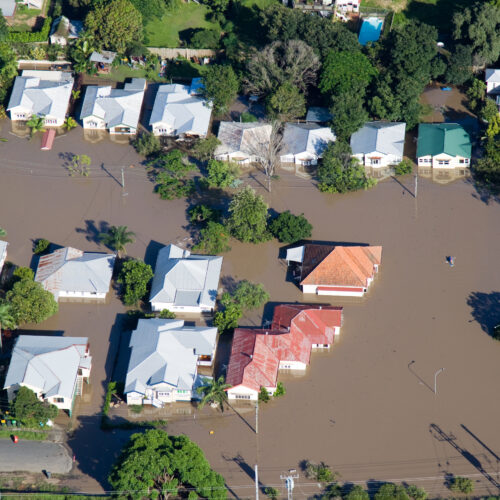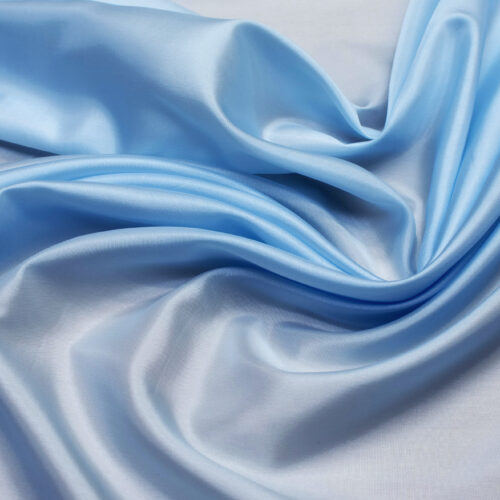June 18th, 2024 | Disaster Restoration

For bio-decontamination of trauma scenes, a comprehensive understanding of the principles of bio hazards and disinfection is essential. As each [...]
Read more
Approaching soot removal with a professionally formulated plan will eliminate unwanted headaches and the risk of turning smoke deposits into [...]
Read more
The ‘Mastering Flood Clean-Up’ webinar delves into the intricacies of flood cleanup and make-safe operations, covering vital aspects such as [...]
Read more
Viscose – a viscous orange-brown solution obtained by treating cellulose with sodium hydroxide and carbon disulphide, used as the basis of [...]
Read more